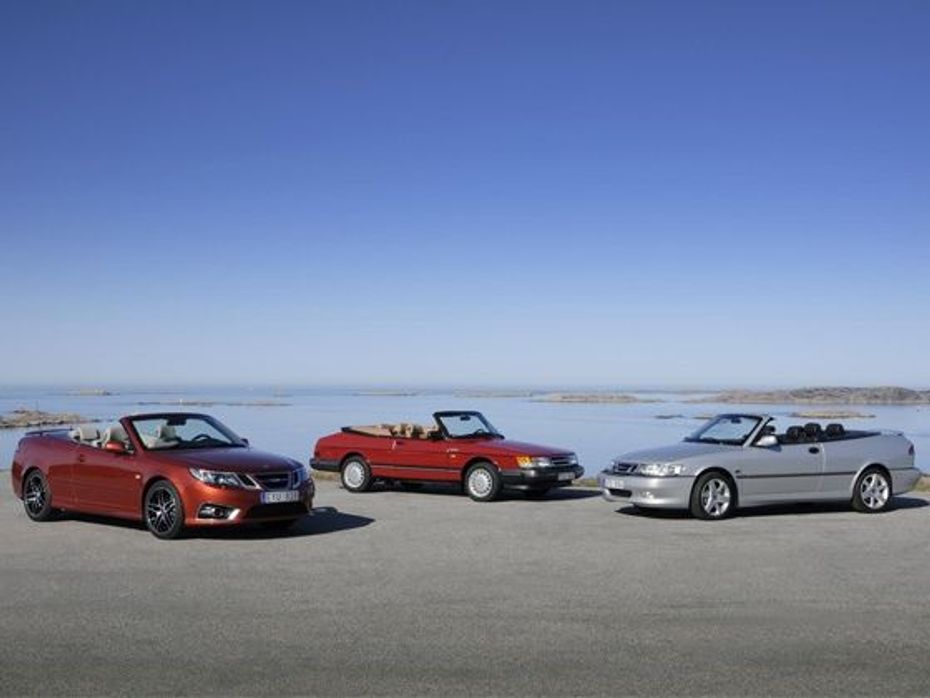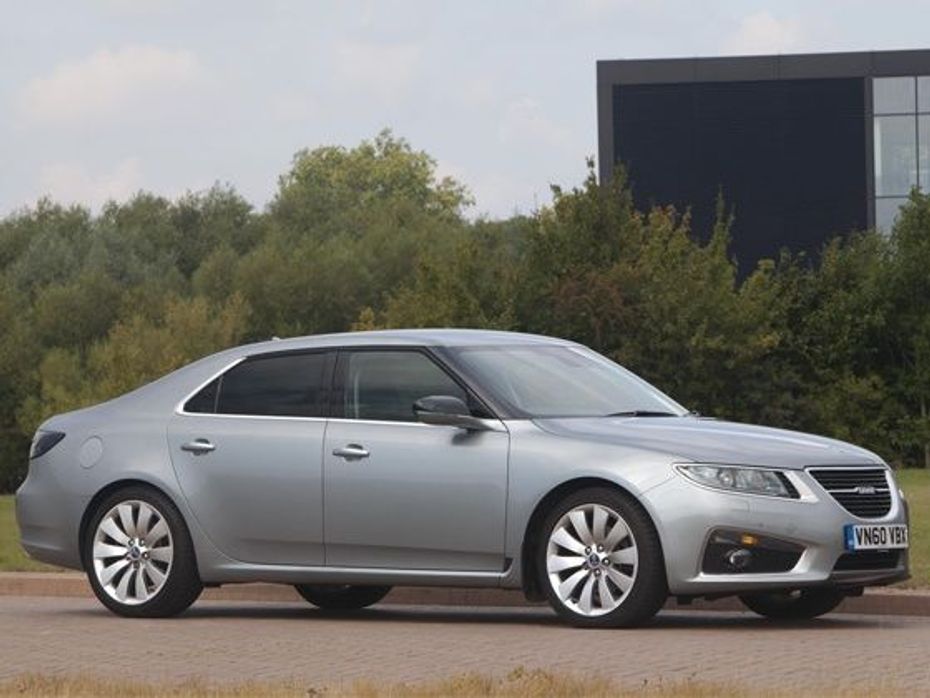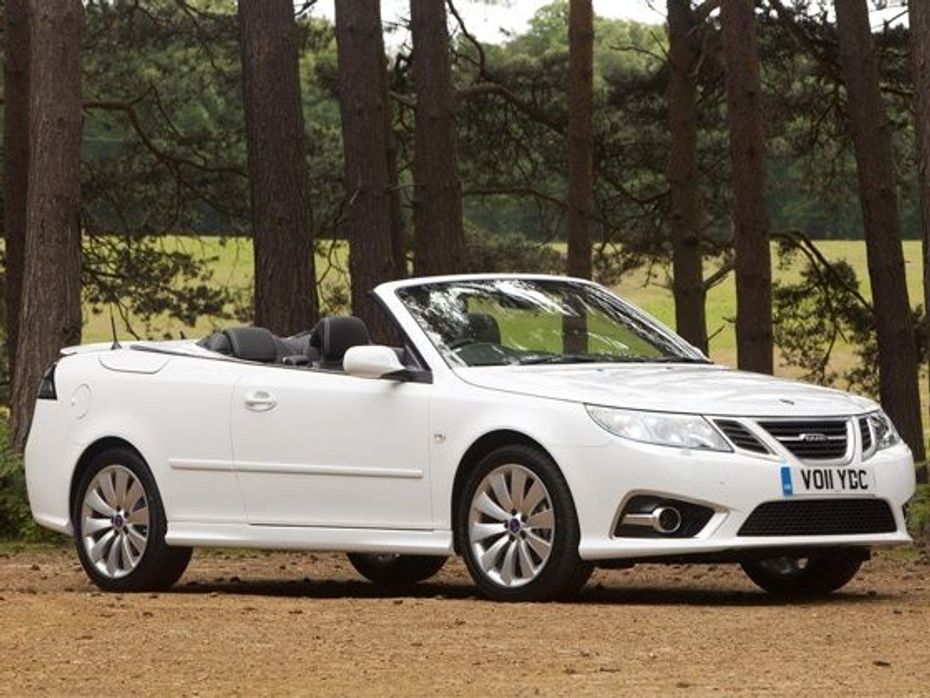
Auto Expo 2025 - All You Want To Know About The Hottest Auto Show!
- Jan 5, 2025
- Views : 6576


Saab, which has been making cars since 1947, crashed into bankruptcy at the end of 2011, less than two years after former owner General Motors (GM.N) sold it to Dutch group Spyker.
Though an admired brand with a loyal fan base, Saab had struggled for years to survive against bigger competitors.
The bankruptcy administrators said on Wednesday they had chosen a consortium called National Electric Vehicle Sweden (NEVS) AB to buy Saab for an undisclosed sum, beating off a bid from Chinese group Zhejiang Youngman Lotus Automobile.
"Through the purchase of Saab we begin a new era in the auto industry," NEVS chief executive and main owner Kai Johan Jiang told a news conference.
"Marketing and sales will be global but initially we will focus on China. It's there we see the biggest market for electric cars," added Jiang, who was born in China but has Swedish citizenship. He already has wide interests in power production from biomass in China.
NEVS said it aimed to build a new electric car based on the Saab 9-3 model, which would be launched at the turn of 2013-2014. A completely new model of car based on Japanese technology and a future Saab platform would also be made.
"Saab has risen again," said Paul Akerlund, the mayor of Trollhattan and a former union boss at Saab.
Despite his enthusiasm, NEVS chairman Karl-Erling Trogen said NEVS would initially need only about 200 staff, well below the 3,500 Saab used to employ.

The numbers would increase gradually as the launch of a new car approached, added Trogen, a former head of the trucks division at truck and construction equipment maker Volvo, a separate company from the Volvo car maker, itself Chinese-owned.
NEVS said it had bought most of the assets of the bankrupt estate, but not the spare parts business, which is now owned by the Swedish state after it repaid a loan on behalf of the old Saab. It also bought the rights to the Saab 9-3 and a development platform for future Saabs, called Phoenix.
But the rights for the Saab 9-5 and 9-4X were not included in the deal as these are still covered by licenses from GM.
GM has previously blocked deals to sell Saab to Chinese buyers, which analysts attributed to it wishing to protect its Chinese cooperation with state-run SAIC Motor Corp Ltd (Shanghai Automotive) (600104.SS).
GM spokesman Jim Cain said the deal does not involve GM technology licenses if it covers only the 9-3 and Phoenix platforms. "The issues that were at stake revolved around the 9-4x and the 9-5 technology licenses," he said. "That was the big issue impacting the previous transaction."
NEVS said talks were still going on over the Saab brand, which was jointly controlled by the former car maker and the separate defence and aerospace group of the same name, from which the car firm split in 1990.

FOCUS ON CHINA
Jiang's National Modern Energy Holdings Ltd has 51 percent of NEVS while Japanese Sun Investment LLC has 49 percent.
NEVS said Sun Investment was owned by private investors, banks and companies and was formed to finance the development of Japanese environmental technology.
No details on financing were given, but Trogen said enough funds were in place until breakeven was reached. He did not specify when that might be.
Saab was declared insolvent at the end of 2011 with debts of about 13 billion Swedish crowns ($1.8 billion), around 2.2 billion of which is owed to the Swedish Debt Office.
Saab presented its first prototype in 1947 after moving out of aeronautical engineering and built a small, loyal following.
GM bought 50 percent of the car company in 1990 and the rest in 2000. It decided to sell the brand in 2009 after the financial crisis and almost closed it before Swedish Automobile, then called Spyker, bought Saab in January 2010.
Saab's woes contrasted with rival Volvo, successfully rescued by Geely Automobile Holdings Ltd (0175.HK) in 2010.
Despite its well-known name, Saab was a niche player and analysts had long questioned its future. Its plants had the capacity to produce more than 100,000 cars a year running on two shifts. Volvo made almost four times that last year, while GM sold over 9 million vehicles in 2011, including joint ventures.
(Additional reporting by Ben Klayman in Detroit, Editing by Dan Lalor and Mark Potter)

Auto Expo 2025 - All You Want To Know About The Hottest Auto Show!

Mahindra BE 6 Launched: Price For The Top-spec Variant Is Out!

Volkswagen Golf GTI Set For India Launch In Mid 2025, Top 5 Things...

JSW MG Motor India Revealed Their New SUV, The MG Majestor At Auto...

Auto Expo 2025: Tata Sierra ICE Concept Breaks Cover, All Details...

VinFast VF3 vs MG Comet EV: A Detailed Comparison Of The Two Cute And...

Here’s A List Of All Cars That Will Be Coming To The Auto Expo...

2025 Tata Nexon Introduced With 3 New Variants And 2 New Colours

The Story Of Tata Sierra: An Icon India Missed And Now Eagerly Awaits
India's largest automotive community
 Kia Syros
Rs. 8.99 Lakh
Kia Syros
Rs. 8.99 Lakh
 Vayve Mobility Eva
Rs. 3.25 Lakh
Vayve Mobility Eva
Rs. 3.25 Lakh
 BMW X3
Rs. 75.80 Lakh
BMW X3
Rs. 75.80 Lakh
 Hyundai Creta Electric
Rs. 17.99 Lakh
Hyundai Creta Electric
Rs. 17.99 Lakh
 Lotus Emira
Rs. 3.22 Crore
Lotus Emira
Rs. 3.22 Crore